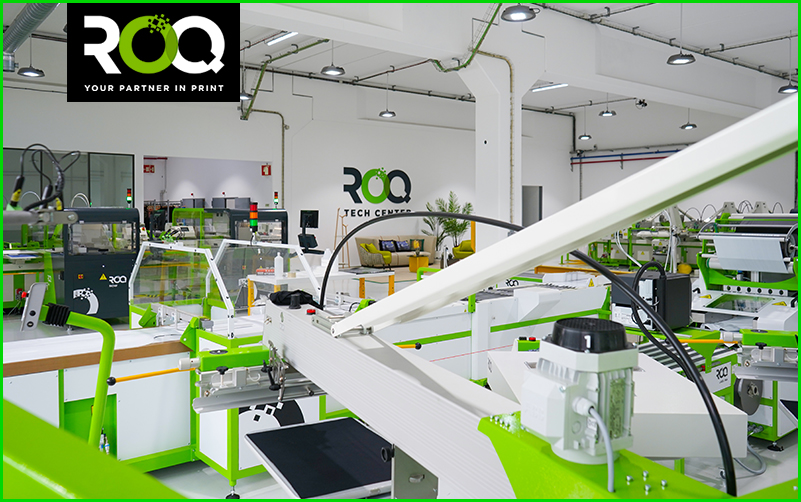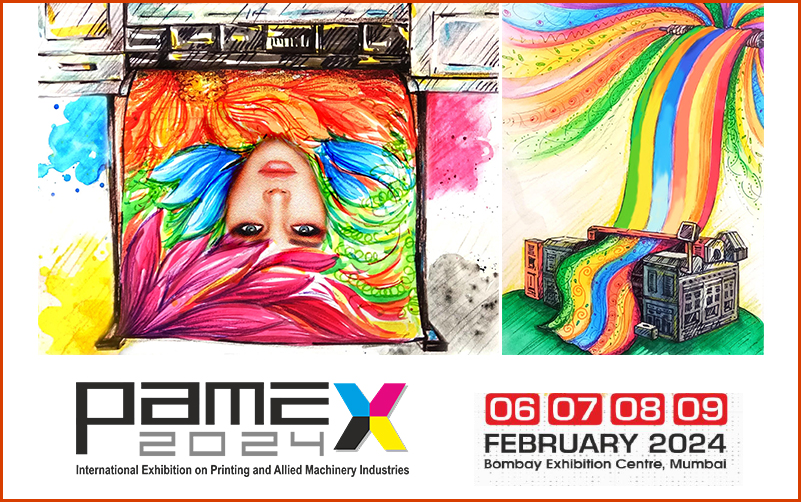
Are you adapting with textile production’s sustainable evolution ?
11 May 2023: By Axel Stuhlreiter, Head of Textile Solutions, Ricoh Graphic Communications, Ricoh Europe.
It will surprise no-one that the fashion industry makes a sizeable contribution to climate change. Research by global management consulting firm McKinsey found the sector was responsible for about 4% of global greenhouse gas emissions (GHG). This is equivalent to the annual emissions of France, Germany, and Great Britain combined.
To meet the United Nations’ sustainability agenda, and meaningfully address its Sustainable Development Goals (SDGs), action, beyond simply signing onto a framework, is required.
This is something global sustainability charity WRAP is working on with its voluntary Textiles 2030 initiative. With the Manchester Fashion Institute and leading businesses and partners across clothing, retail, supply, reuse, and recycling, it is trying to make a difference by accelerating the fashion and textile industry’s move towards circularity.
Using consumer behaviour research, it is helping to inform brands and retailers on how they can bring to market more durable, sustainable, and less resource intensive products. For example, extending the life of clothes by nine extra months can reduce carbon, water, and waste footprints by up to 10% each.
The sustainable, less resource intensive, production of textiles can also be supported by technology.
Aside from already mentioned GHG emissions, traditional, high volume, analogue processes use around 93 billion cubic metres of water annually during production. This is equivalent to the water use of five million people for 12 months.
Digital textile printing is a waterless process that allows for the responsive creation of what is needed, when it is needed. It enables local on demand manufacturing reducing the pressure on transportation, helping reshape the production chain, and delivering energy and raw material consumption savings. It empowers design freedom and customisation of fabrics while supporting short runs and quick reorders.
Despite these capabilities digital textile printing currently has reached only a global market penetration of 6%. Smither’s The Future of Digital Textile Printing to 2026, expects it to reach 10% as the technology and supply chains catch up with demand.
As a result, the market is projected to see exciting growth. Global volumes are predicted to increase at a Compound Annual Growth Rate (CAGR) of 13.9%, reaching 5.53 billion square meters, by 2026. The €3.16 billion (print service value) in 2020 grew to €3.82 billion in 2021 and with a CAGR of 12.7% it is predicted to hit €6.95 billion in 2026.
Digital Direct To Garment (DTG) printers such as Ricoh’s Ri 2000, the Ri 1000 and the Ri 100 can digitally transform textiles sustainably, locally, responsively, and affordably.
The Ri 2000 and the Ri 1000 also offer expanded application capabilities with their versatile retrofittable Direct to Film (DTF) solution while higher volume industrial production is delivered via third party collaborations.
All these solutions use less water and energy than analogue production methods and require lower quantities of dyes and other chemicals used in the pre and post-treatment phases. With no minimum order requirement they can print just the quantities necessary, on demand, to eliminate long wait times.
By adopting a digitally-powered approach to production, operations can move to more environmentally responsible processes that help realise their business goals and at the same time contribute to a more sustainable future.
To learn more about how this can be achieved through simple integration into everyday production environments talk to our experts at FESPA 2023 (23-26 May) on stand B1 C81.
www.ricoh-textile.eu/fespa






